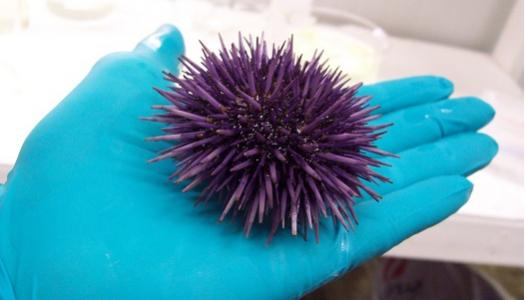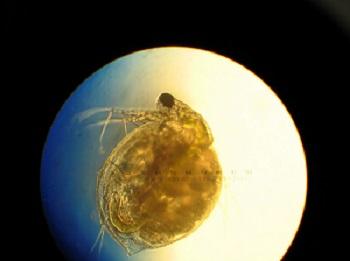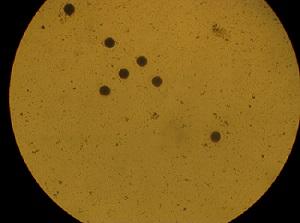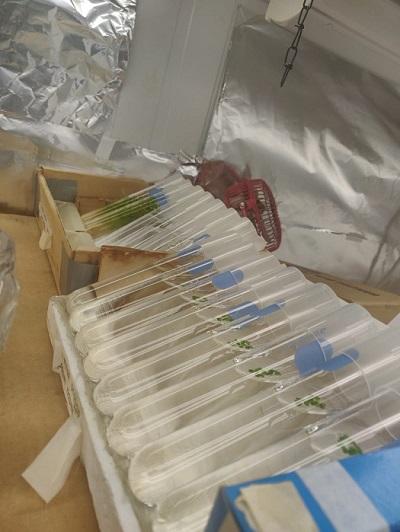Life as a babysitter of aquatic species

As a laboratory biologist performing environmental toxicology testing and research, my work focuses on the connection between water chemistry and the environmental effects of contaminants. I help investigate the toxicity of wastewater from several sewage treatment plants and effluents from various pulp and paper mills, and metal mines. Working in an ecotoxicology lab setting and I love that I get to culture and interact with various freshwater and marine species such as Ceriodaphnia dubia (water flea), Daphnia magna (cousins of water flea), Pseudokirchneriella subcapitata (microalgae), etc. The work entails producing reproducible and robust results that help clients make better decisions about managing their effluents. This is done by introducing organisms in samples of varying concentrations and monitoring different endpoints like survival, reproduction, growth, etc.
After completing a diploma in Environmental Technology, I joined RRU’s BSc Environmental Science (on-campus) program for their unique, hands-on learning model. The courses offered in the program paved the way for a successful learning experience combining laboratory and field exercises in a team-based environment. Personally, the program helped me develop critical reasoning and the ability to think out of the box on a professional level.
It is no doubt that water hygiene is quintessential for every living being, and as an Aquatic Laboratory Biologist it is astonishing to notice (first hand) how even the tiniest organism is stressed and would not perform well in terms of reproduction or survival. Deformities and other adverse effects can also be noticed when the organisms are introduced in various effluent samples. My interest in this field of water toxicity was not sudden and I definitely took my time in deciding to pursue this as a career. One of the factors was the Ecotoxicology course taught at RRU that provided a comprehensive view of the fate and effects of toxic substances on various ecosystem levels. The highlight of the course was developing an experiment to analyze a pulp mill effluent. I remember working with teammates on copepods that we collected from a pond, and algae was cultured in-house. The project made me appreciate how massive their impacts are and how crucial these beings are for various ecosystems to thrive.
As a glorified babysitter of various freshwater species (so to speak), troubleshooting and maintaining healthy cultures of the organisms is crucial for the tests to be conducted and meet passing criteria. The work is challenging at times, which allows me to introspect and think about the big picture in terms of treatment and management issues that come with toxic samples. Writing clear and concise reports and conducting data analysis in a timely manner is another aspect of the job which I really enjoy.
As someone who is engaged in science, one of the barriers is being able to explain your methods, procedures and results to the public or clients in layman’s terms when you are accustomed to using scientific language on a regular basis. I enjoy being able to think out of the box and work with skilled and experienced professionals in the field to come up with different hypotheses, methods or solutions to pin-point what exactly might be causing toxicity in a particular sample.


